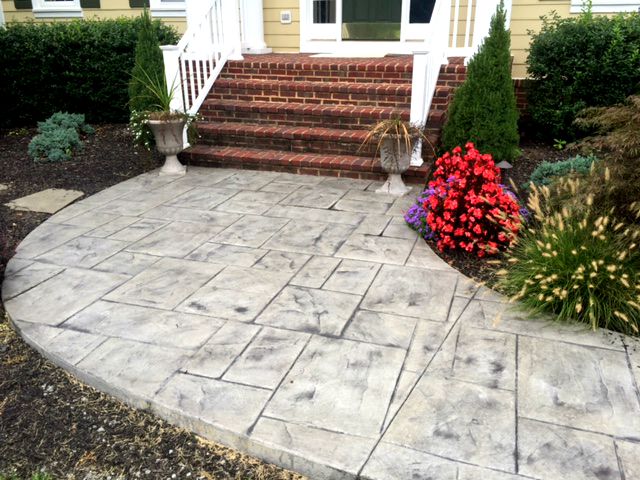Concrete is a magnificent, long-lasting material that can be used for almost anything. However, as Tim Carter points out, “its useful life can be significantly reduced if you do not recognize its weaknesses”.
Concrete can be weakened when subjected to rock salt. While concrete is a tough and durable material, it can and will absorb water. If you’ve ever been outside on a hot day and spilled water on your sidewalk or driveway, you can actually see the water penetrate the surface of the concrete.
When you put out rock salt to melt snow and ice, the salt dissolves the snow and makes a salt water mix that then enters the pores of your concrete. If the temperature then drops and the water freezes, the pressure of growing ice crystals within the concrete can cause spalling (the surface becomes rough and flaky, and begins to pit). On a low level, this can be purely cosmetic, but it can also result in structural damage.
The good news? Concrete which is installed and sealed properly can resist years of contact with rock salt. However, maintaining the sealer on a stamped concrete surface is a must. For maximum protection, it is recommended to seal after new concrete has cured and re-seal your stamped concrete every year for existing concrete.
Learn more about sealing stamped concrete here.
Looking for an alternative to rock salt? Many experts recommend using sand. While it won’t melt the snow and ice, it will provide you with traction.

